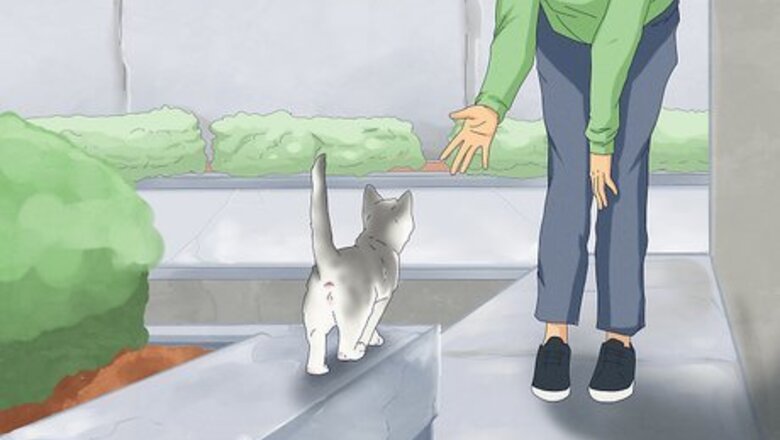
views
- Approach the cat slowly. Only attempt to pick up a cat if they’re obviously at ease and comfortable being handled.
- Use both hands to gently lift the cat from its chest and hindquarters. Brace the cat against your chest to keep them stable.
- Put the cat down slowly if they seem like they want to be put down and never pick a cat up by the scruff of their neck.
Putting a Cat at Ease
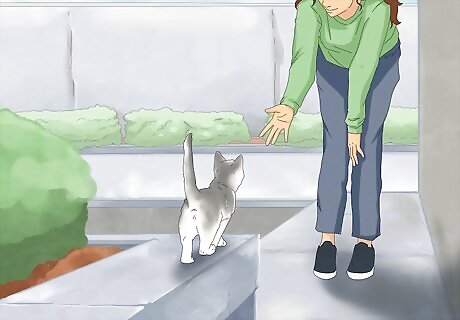
Approach the cat slowly. If you want to pick up a cat, then you should first approach it in a way that lets it know you're coming. This can mean talking to it softly, letting it see you, or just making your presence known in some way. If you pick up your cat from behind without letting it know you're coming, it's likely to get scared and to feel panicked and unsafe. Some experts say it's best to approach your cat from the left or right side because coming at your cat head-on may seem like too much of a threat. Never attempt to pick up cats you find on the street without carefully assessing the cat and its behavior. It can be feral and potentially dangerous. It is best to only try to pick a cat up if you have experience with it.
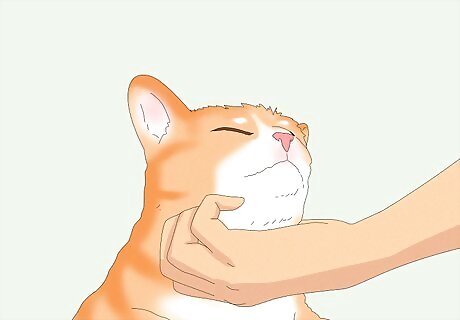
Pet the cat once they approach you to put them at ease. It can take time for cats to warm up to you, even cats that you own. Once the cat knows you're approaching, be friendly and loving with the cat so it gets ready to be held by you. Most cats introduce themselves to other cats by nuzzling their faces, so do the same. Focus on gently petting the cat's cheeks, forehead, the area behind their ears, or even under their chins. This gentle petting can help your cat feel safe and loved and ready to be picked up. If your cat is feeling a little bit wound up, this can also help calm him or her down. It may take a bit of time to make your cat feel at ease.
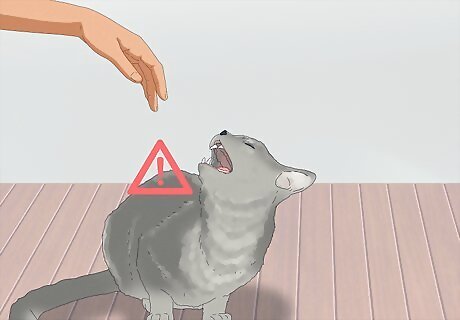
Monitor the cat’s body language to see if they want to be picked up. Most cats will be able to give you a definite sign that they don't want to be picked up. Though you can slowly calm down and earn the trust of domestic cats by petting their heads, you shouldn't try to pick up a cat who is either irritated or just not in the mood to be picked up. If the cat tries to run away from you, bites or scratches you, or just starts swatting at you, then it may be time to try to pick up the cat later. It is especially important to teach children who want to pick up a cat these warning signs. You want them to only pick up a cat who is feeling calm and relaxed and who trusts them. You don't want a child to end up getting scratched by a cat who doesn't want to be held.
Holding a Cat Correctly
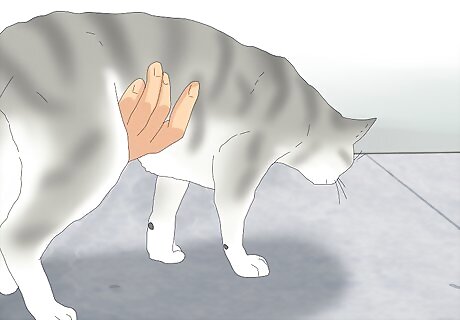
Place one hand under the cat's body, behind its front legs. Gently move your hand under the cat's body, just below its front legs, so you have the support you need when you begin to pick up the cat. The cat may resist this or not like it right away, so you should move along and use that second hand soon afterwards. It doesn't really matter whether you use your dominant hand to support the cat below its front legs or under its hindquarters; it depends on whatever makes you feel more comfortable. Some people actually tuck the front legs together and place the hand under the two legs instead of below them.
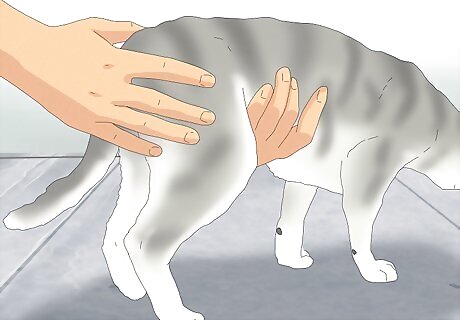
Place the other hand under the cat's hindquarters. Now place that second hand under the cat's back legs, giving plenty of support to its legs and bottom. You can almost think of this as cradling the cat with one of your hands.
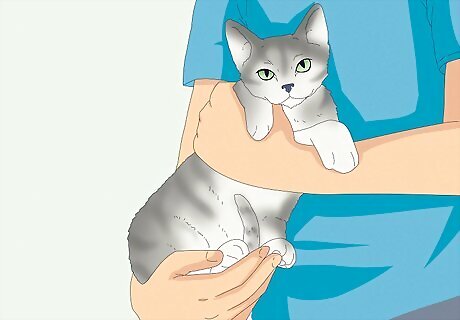
Lift the cat gently and slowly. Now that you're holding the cat with both hands, just gently lift the cat up, towards your chest. Try to make contact with the rest of your body as early as you can when you lift it up. This can help the cat feel more secure early in the process. If the cat is too heavy to lift up from the ground, you may be better off picking it up from a table or an elevated platform.
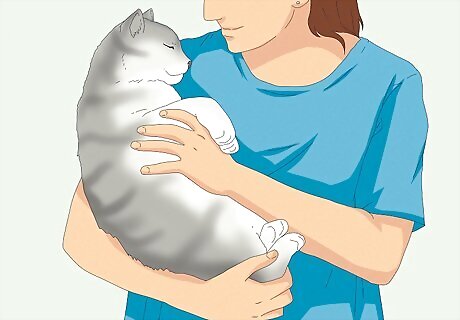
Hold the cat against your chest. Once you've picked up the cat while supporting it with both hands, you can hold it against your chest, so most of its body is touching your body. The back or side of the cat's head can rest against your chest, too. In general, the cat's posture should be fairly straight instead of having the cat sag against your chest, with its head and neck craned downward. This is uncomfortable for the cat and may cause it to struggle and scratch you. You should always pick up a cat with its head above its body. Never pick up a cat upside down! Of course, some cats like to be held differently, especially if it's your cat and it's more comfortable around you. Some are perfectly fine being cradled like babies while others even like placing their hind legs on your shoulders.
Putting a Cat Down Safely
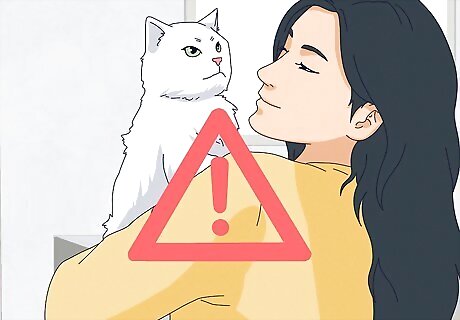
Lower the cat if they try to leave or start fussing. Once the cat starts shifting around, moving, or even meowing or trying to escape your grasp, it's time to set the cat down. You don't want to hold the cat against its will, as this will make the cat increasingly uncomfortable and it will also feel threatened. Some cats don't like to be held for all that long, so if you sense that the cat may be less than pleased in your arms, it's time to let it go.
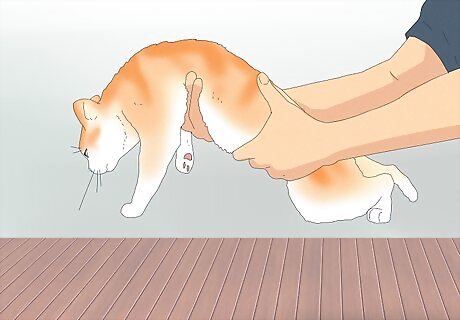
Set the cat down slowly to avoid startling it. Don't just throw down the cat the second you feel the little guy is uncomfortable; this may lead the cat to lose its balance or to land awkwardly. Instead, lower the cat down until all four of its paws are on the ground before you comfortably release it. Of course, some cats will just jump right out of your grasp, so you can be prepared for that, too.
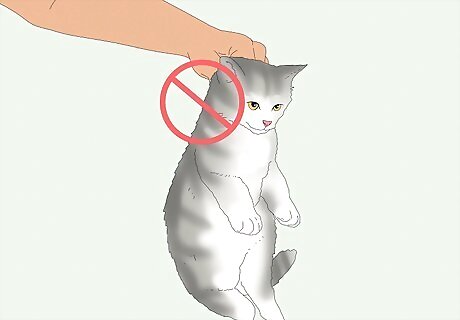
Avoid picking the cat up by the scruff of their neck. Though mother cats carry their kittens by the scruff, you should not try to scruff a cat, especially after it is three months old or so. At that point, the cat will grow too big, and scruffing it can really hurt the cat and cause muscle damage, as the cat will be too big to be adequately supported by the scruff. Though you or a vet may need to scruff the cat to get it to take medication or trim its nails they never hold the cat off the examination table by the scruff.
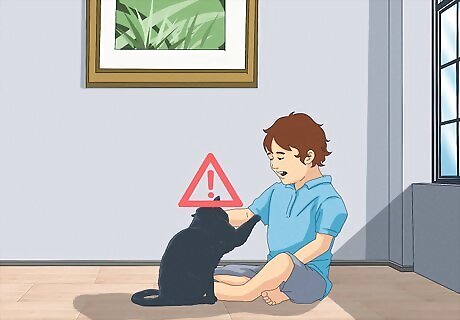
Supervise children while they’re picking up a cat. Kids love to pick up cats, but if they want to do this, you should instruct them through every step of the process. Most importantly, make sure the child is big enough to comfortably pick the cat up. If the child is too small, then he or she may be better off holding the cat while sitting. Once the child picks up the cat, make sure to keep an eye on them so you can tell the child when the cat wants to be let go. This will help to keep both the child and the cat from being injured.











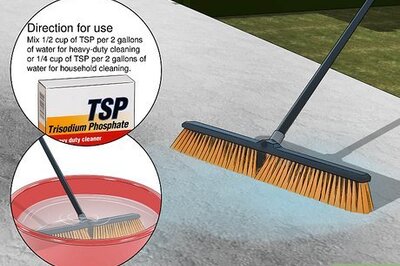




Comments
0 comment